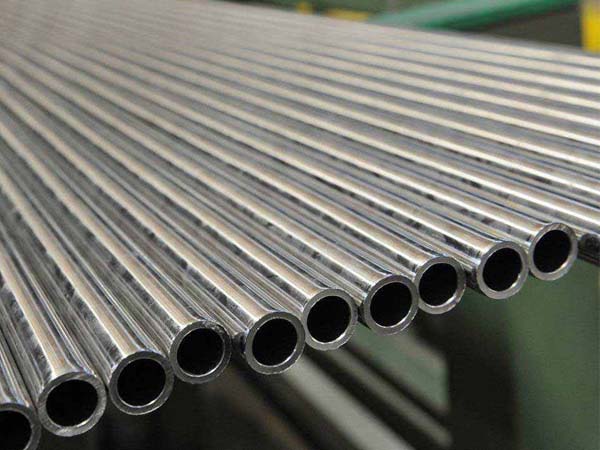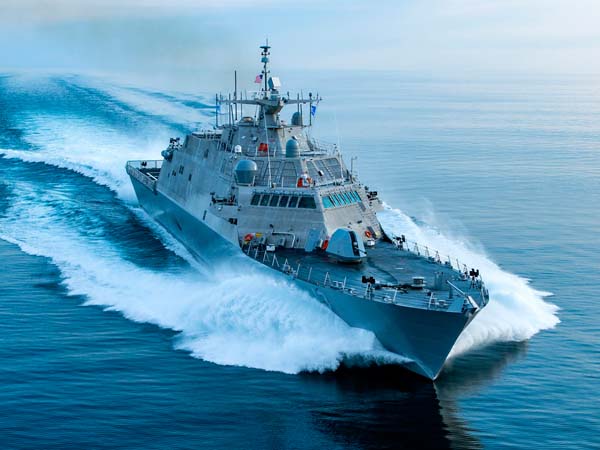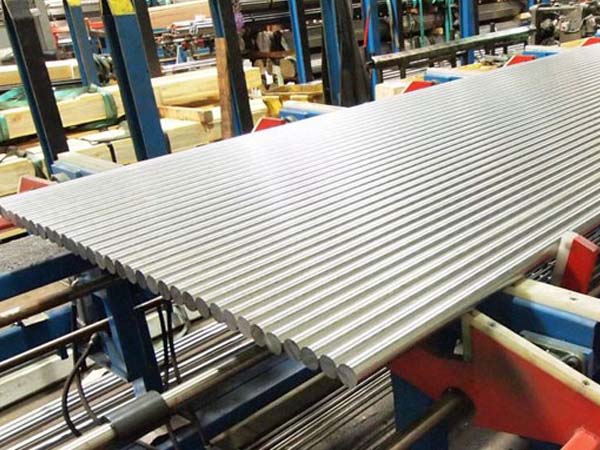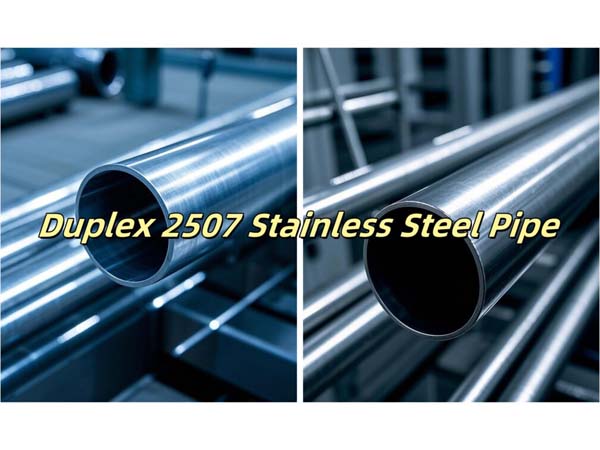





Phone
+86-731-82250427
Address
25th floor, C3 Building, Wanda Plaza, Kaifu District, Changsha, Hunan Province, China.
 Aug 26 2024
Aug 26 2024In the intricate web of power generation infrastructure, stainless steel emerges as a silent hero, underpinning the efficiency and reliability of power stations worldwide. From the colossal structures of nuclear facilities to the intricate piping systems of natural gas power plants, stainless steel stands as a cornerstone material that ensures seamless energy production. Let's delve deeper into how this versatile alloy powers the efficiency of power stations.
Stainless steel's unparalleled corrosion resistance is a game-changer in the harsh environments of power stations. Components exposed to moisture, chemicals, and high temperatures, such as condensers and storage tanks, rely on stainless steel's protective layer to resist degradation over time. This resistance not only extends the lifespan of equipment but also minimizes the risk of costly downtime due to repairs or replacements.
The superior strength of stainless steel is another key factor in enhancing power station efficiency. In structures like turbine casings and pressure vessels, where durability is paramount, stainless steel's robustness provides the necessary support to withstand immense pressure and mechanical stress. This strength ensures the safe and continuous operation of critical systems, contributing to the uninterrupted flow of electricity to homes and industries.
Furthermore, the heat resistance of stainless steel plays a vital role in optimizing thermal efficiency within power stations. In applications such as boiler tubes and heat exchangers, where extreme temperatures are prevalent, stainless steel's ability to maintain its structural integrity at high heat levels is essential for efficient energy production. By withstanding thermal stress without compromising performance, stainless steel aids in maximizing the output and efficiency of power generation processes.
One specific grade of stainless steel that shines in power station applications is 316L stainless steel. Renowned for its enhanced corrosion resistance and low carbon content, 316L stainless steel is a preferred choice for critical components in power stations. From steam generators to pipelines, its resistance to pitting and crevice corrosion, along with its excellent weldability, makes it an ideal material for ensuring the longevity and efficiency of power generation systems.
